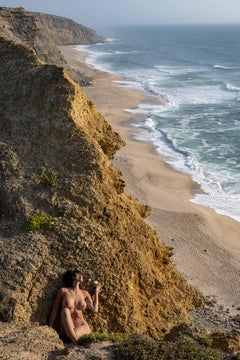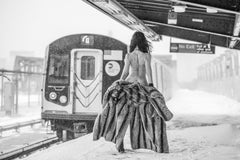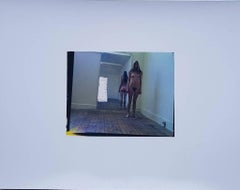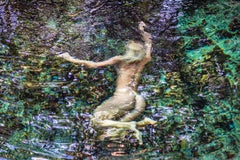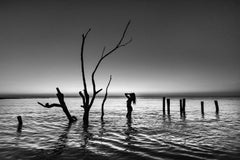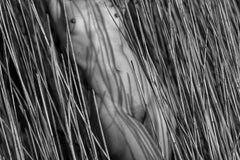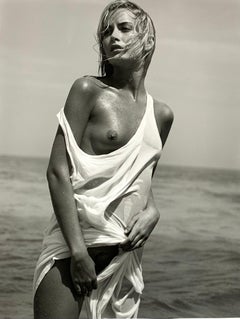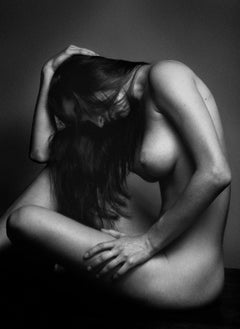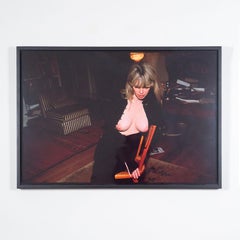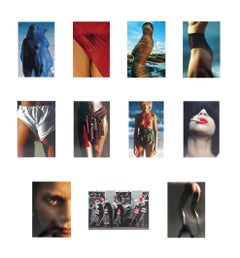Dye Transfer Nude Photography
2010s Contemporary Dye Transfer Nude Photography
Metal
2010s Contemporary Dye Transfer Nude Photography
Metal
1970s Contemporary Dye Transfer Nude Photography
Dye Transfer
2010s Contemporary Dye Transfer Nude Photography
Metal
2010s Contemporary Dye Transfer Nude Photography
Metal
2010s Contemporary Dye Transfer Nude Photography
Metal
2010s Contemporary Dye Transfer Nude Photography
Metal
1990s Contemporary Dye Transfer Nude Photography
Gold
1990s Contemporary Dye Transfer Nude Photography
Archival Paper, Black and White, Archival Pigment, Photographic Film, Pi...
2010s Contemporary Dye Transfer Nude Photography
Metal
2010s Contemporary Dye Transfer Nude Photography
Archival Pigment
1990s Contemporary Dye Transfer Nude Photography
Photographic Film, Archival Paper, Photographic Paper, Color
1980s Contemporary Dye Transfer Nude Photography
Gold, Platinum, Gold Leaf
1980s Contemporary Dye Transfer Nude Photography
Photographic Film, Archival Paper, Photographic Paper, Black and White, ...
1990s Contemporary Dye Transfer Nude Photography
Photographic Film, Photographic Paper, Black and White, Digital Pigment
1990s Contemporary Dye Transfer Nude Photography
Platinum
1970s Contemporary Dye Transfer Nude Photography
Wood, Glass, Photographic Film, Archival Paper, Silver Gelatin, Photogra...
1980s Contemporary Dye Transfer Nude Photography
Silver
1990s Contemporary Dye Transfer Nude Photography
Archival Paper, Black and White, Archival Pigment, Photographic Film, Pi...
1990s Contemporary Dye Transfer Nude Photography
Dye Transfer
20th Century Contemporary Dye Transfer Nude Photography
Color, Dye Transfer, Archival Pigment
20th Century Contemporary Dye Transfer Nude Photography
Color, Dye Transfer, Archival Pigment
2010s Feminist Dye Transfer Nude Photography
Dye Transfer
20th Century Contemporary Dye Transfer Nude Photography
Color, Dye Transfer, Archival Pigment
1970s Contemporary Dye Transfer Nude Photography
Dye Transfer
20th Century Modern Dye Transfer Nude Photography
Dye Transfer, Archival Pigment, Color
20th Century Modern Dye Transfer Nude Photography
Dye Transfer, Archival Pigment, Color
20th Century Modern Dye Transfer Nude Photography
Dye Transfer, Archival Pigment, Color
20th Century Modern Dye Transfer Nude Photography
Dye Transfer, Archival Pigment, Color
20th Century Modern Dye Transfer Nude Photography
Dye Transfer, Archival Pigment, Color
20th Century Modern Dye Transfer Nude Photography
Dye Transfer, Archival Pigment, Color
